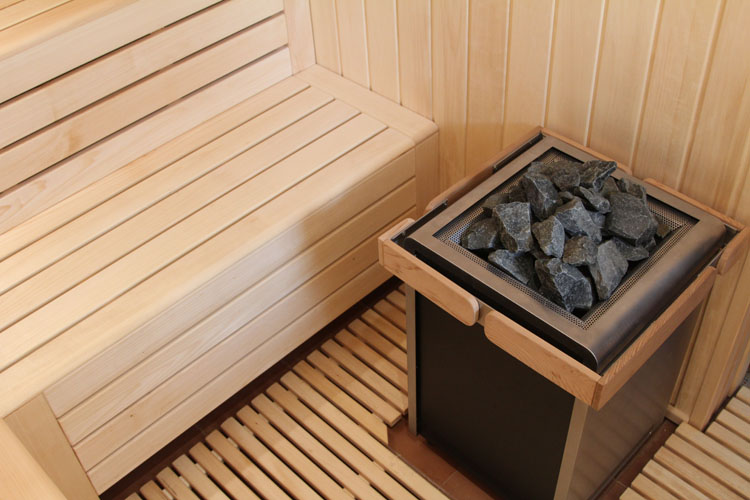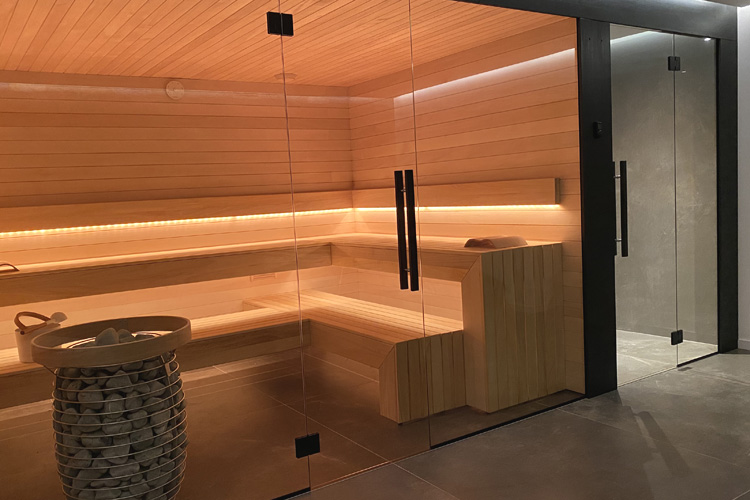Sauna at home
Recently, a sauna or a bath in a private house is no longer a luxury item and is becoming more affordable for any homeowner. Having a warm wellness area in your own home is an advantage, because after pleasant relaxing treatments, you do not need to pack up and go somewhere - you are at home! The engineering base of a modern dwelling, regardless of its size and area, will ensure the normal operation of such a zone without labor and large additional costs. You can place a steam room in the house almost everywhere: on the residential floor; in the basement or basement; in the attic or in a separate annex.
Home saunas with an electric heater in our design
Our home wood-burning saunas
The most fundamental question that should be dealt with before installing a sauna or bath in the house: what kind of stove to use, wood or electric? We propose to consider this from several angles:
From an aesthetic point of view, the main advantages of an electric heater include: cleanliness and hygiene (no soot, debris); ease of use (to turn on the heating, just press a button or turn a knob); automation of work (on the control unit, work parameters are set, which are controlled by electronics).
The main advantages of a wood-burning stove in the house are, of course, the atmosphere and traditions! After all, electric stoves appeared relatively recently, while the principle of heating a steam room using the energy of burning wood has taken place since the first day of the existence of any sauna or bath. Although wood-burning stoves have changed in many ways since those times, the traditional atmosphere in the sound of crackling logs and the type of fire has remained the same, and the procedure for preparing firewood and lighting a fire is an integral ritual for many.
Let's look at the technical side of the question. Having decided on the volume of the steam room in the house and the required power to warm it up, it is worth understanding what energy consumption will be more acceptable in your case. To use electric heating equipment, it is worth making sure that the electrical network is technically capable of providing the required amount of power. It is also worth considering the possible frequency of power outages and power outages in your area.
Using a wood-burning heater is a more autonomous solution and does not involve dependence on central power networks, but only requires the presence of firewood. On the other hand, there is a need for installation and maintenance of the chimney, which is not always possible. It also becomes necessary to link the installation site of the heater to the smoke exhaust system (subject to certain rules).
It is worth considering that steam rooms with a wood-burning firebox are subject to more stringent safety requirements compared to electric stoves.
If we talk about the economic component, then we should take into account: the cost of implementation and the cost of operation. The cost of implementation includes the costs of: directly the heater; connection to an existing chimney or installation of a new chimney (for a wood stove); heat-resistant cable and electrical fittings (for electric oven). Operating costs include: electricity costs (electric option); the cost of harvesting firewood and periodic cleaning of the chimney (wood burning option).
Having dealt with this issue, you will be able to make the right choice which stove to use when arranging a sauna in the house.












